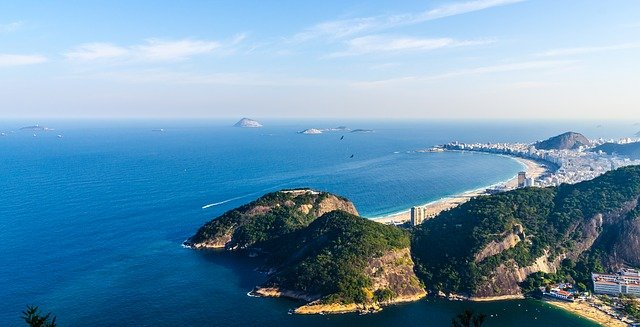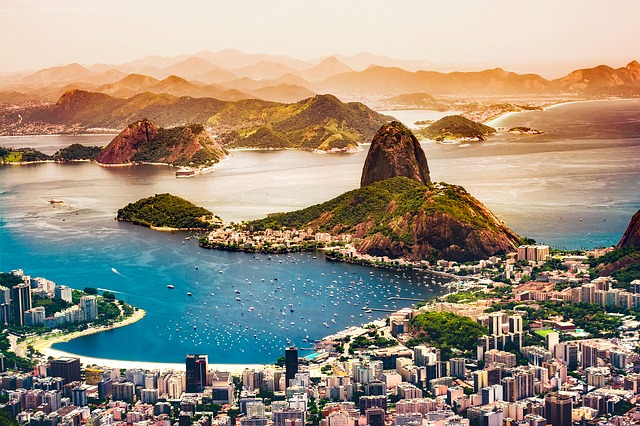Varongo Port in Rio de Janeiro
As we well know, Rio de Janeiro has a dark and sombre history that sustained slavery. Slavery\’s footprints in the United States, where it ruled, have all but disappeared except for one place, Rio de Janeiro. The footprints of Rio de Janeiro are still there as a reminder of the tremendous history that the Americas have walked. At first glance, the harbor appears to have a few old, dingy-looking stone blocks. Some of them may not be of interest. But they probably would be if visitors could learn what the stones symbolize and, more importantly, what they represent. For these stones preserve evidence of the painful history of slaves brought from the African continent. Hundreds of years ago, approximately one million slaves walked on these stones.
A port called Valongowas the main port of entry for slaves to the Americas. However, as the city was rebuilt, the port gradually disappeared underground. Archaeologists discovered the site in 2011, when the port was being prepared for the Olympics.
According to historians, it is one of the few sites where the remains of the disembarkation of imported slaves still exist. It should come as no surprise that the port is on UNESCO\’s World Heritage List.
From Goree Island, where the slaves were transported, they crossed the Atlantic Ocean to Rio de Janeiro, a journey of more than 1,000 kilometers. Finally, on the other side of the Atlantic Ocean, their journey came to an end, and it ended at this port.
]
The slaves crossed the stone blocks and entered the heart of the city. However, only the slaves were able to survive this endless journey. Once disembarked, they had to walk a painful distance to reach the slave market. They were spread out around the square. In the most common cases, slaves went to the northeast, where they grew sugar cane in inhospitable conditions, worked in a mine called Minas Gerais, or worked on coffee plantations in what was then São Paulo.